Wat Phra Mahathat Woramahawihan is the main Buddhist temple in the Nakhon Si Thammarat Province in Southern Thailand. The main stupa of the temple called Phra Borommathat Chedi was built by King Sri Dhammasokaraja in early 13th century CE to establish a symbol for the Theravada Buddhism sect in the province. The temple is believed to house a tooth relic of Gautama Buddha
Shrine’s History
According to legend, Prince Thanakuman and Queen Hem Chala brought the relic of Buddha to Hat Sai Kaew and built a small pagoda in 291 CE. When King Si-Thamma Sokarat established the city of Nakhon Si Thammarat, he built a new temple called Wat Phra Borom That on the same site in the Mahayana style of the ruling Srivijaya kingdom. The city of Nakhon Si Thammarat was a prominent city in the ancient kingdom of Tambralinga. The city was a part of the Srivijaya empire until the early 13th century. Historians believe that that the city was almost deserted by epidemics and war, prompting the king to build a larger stupa in the Sri Lankan style with public participation and thereby re-develop the town community. The other religious buildings were constructed between the 13th and 18th centuries including the Wihan-Bodhi Lanka, a roofed cloister around the Bodhi Tree which is believed to be a sprout of the Mahabodhi tree in the Mahabodhi Temple in Bodh Gaya, India.
The Thai name for the temple, Phra Mahathat Woramahawihan comes from Pali, vara maha dhatu vara maha vihara, literally meaning ‘Great Noble Temple of the Great Noble Relics Stupa’. The stupa which is bell shaped is inspired from Sri Lankan Buddhist art reflecting the belief of Ashoka’s transmission of the tradition of the Stupa from India to Sri Lanka. The ruler of Nakhon Si Thammarat, who started work on the Stupa calls himself by the epithet of Sri Dhammasokaraja, which literally means Ashoka the great. The name of the town Nakhon Si Thammarat is also derived from Pali, Nagara Sri Dhammaraja, meaning ‘Town of Dhammaraja’.
Architectural Relevance of This Shrine
The principal Stupa, Phra Borommathat Chedi, is a bell-shaped Stupa built in the early 13th century. The Stupa is believed to contain the relics of Gautama Buddha, which marks it as one of the most important seats of Thervada Buddhism. The temple complex is built in a rectangular plan over 5.14 hectares and is enclosed by brick walls. There are four gates for access into the temple. The temple is divided into two zones similar to traditional Buddhist temples – the Buddha-avasa, the sacred area for religious activities and the Sangha-avasa, the residential area for the monks. There are 22 sculpted standing elephants, covered in stucco surrounding the base of the Stupa. The base is square with a low brick wall, for providing space for clockwise ambulation around the Stupa by believers. There are four bell-shaped Stupas surrounding the main Stupa. The main Stupa has an umbrella like spire formed with 52 rings, which is separated from the bell-shaped Stupa by a row of walking Buddha images in relief.
The 10.89-metre high spire is covered with gold leaf weighing around 600 kilogrammes and studded with precious stones. The principal Stupa stands in a cloister covered with coloured tiles. It is surrounded by a gallery lined with numerous Buddha images, the oldest being a Sukhothai style image of Buddha dating from the 13th-14th century CE. There are also 158 minor chedis between the main Stupa and cloister, housing ashes and bones of Buddhist devotees. The staircase leading to the Stupa is guarded by demon giants in the form of yaks. The chapels have two stucco relief depicting scenes from the life of Buddha on its inner walls. There is a small cloister enclosing the Bodhi tree, outside which is the main assembly hall called Wihan Luang. The assembly has columns leaning inwards in the Ayyuthaya style.
It was built between the 15th and 16th century CE and has a richly decorated ceiling. There is also a chapel dedicated to Buddha’s disciple Kaccayana. The temple complex also has a museum called Wihan Kien containing historical objects, including images of Buddha, auspicious objects and offerings. North of the Ubisot is a mondop with a two-tiered roof, containing a Buddha footprint shrine. There are also two bronze statues depicting Tambralingan princes Jatukham and Ramanthep, which according to scholars also represent Hindu gods Kartikeya and Vishnu.

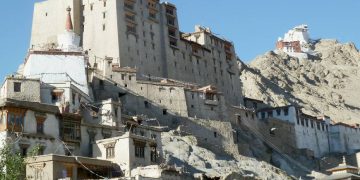

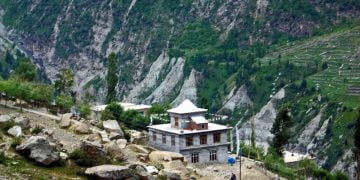
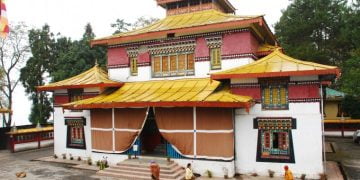

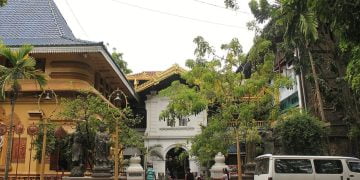
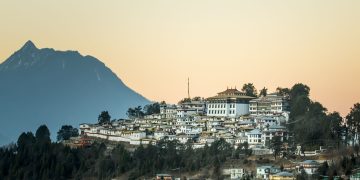
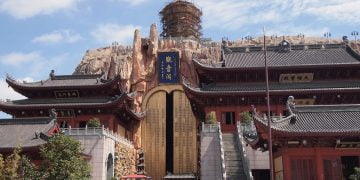
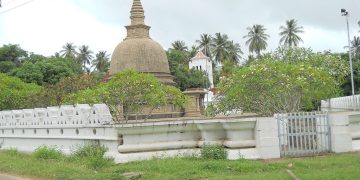
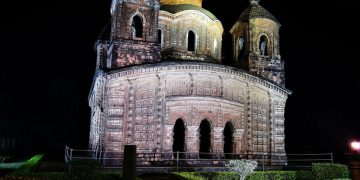
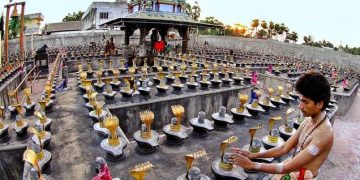

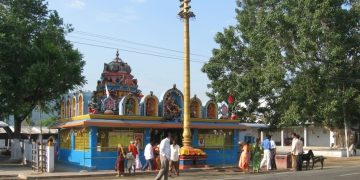
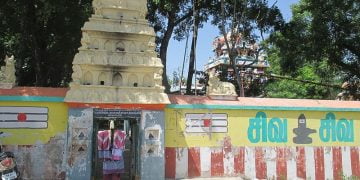
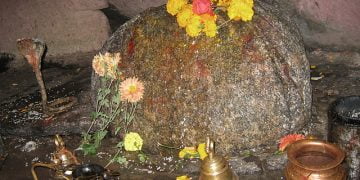
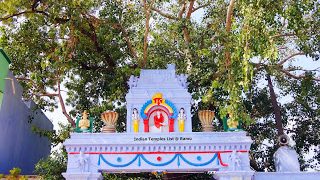
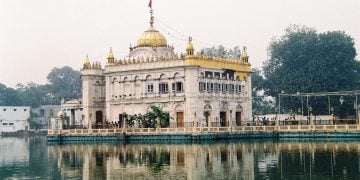
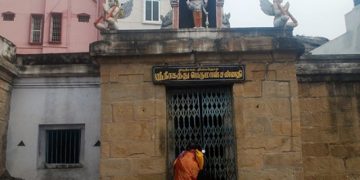
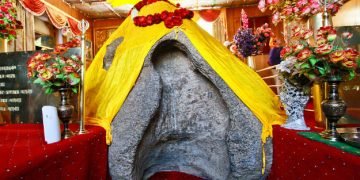
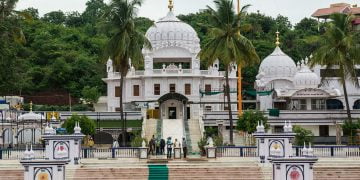

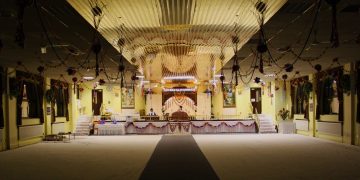
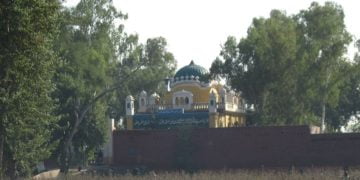
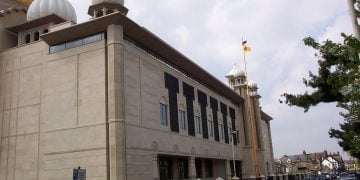
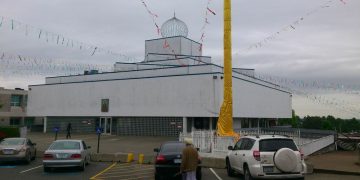
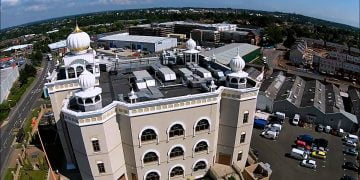
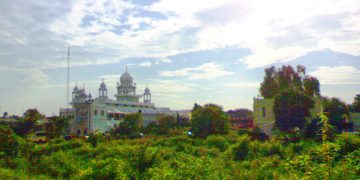
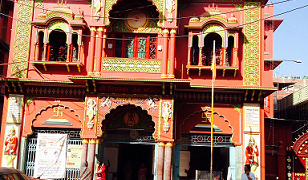
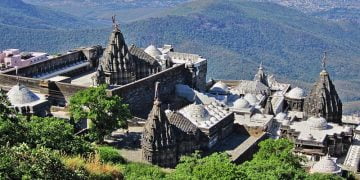
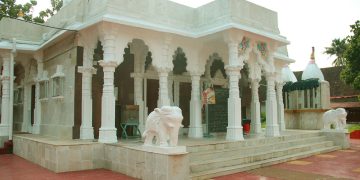
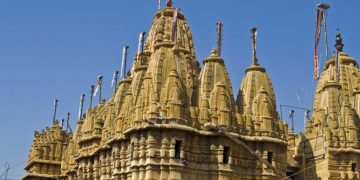
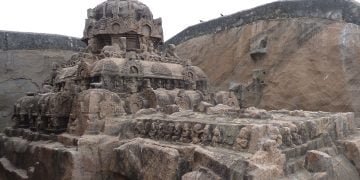
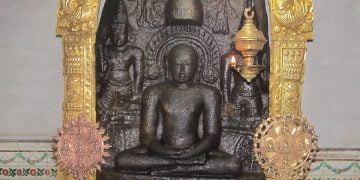
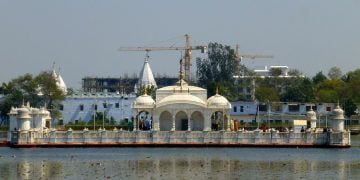

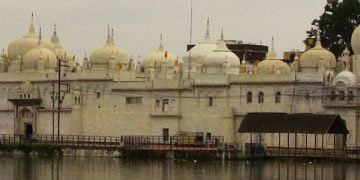

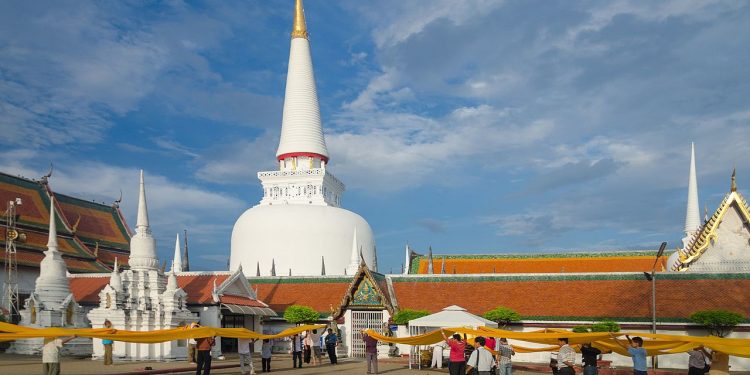

Discussion about this post